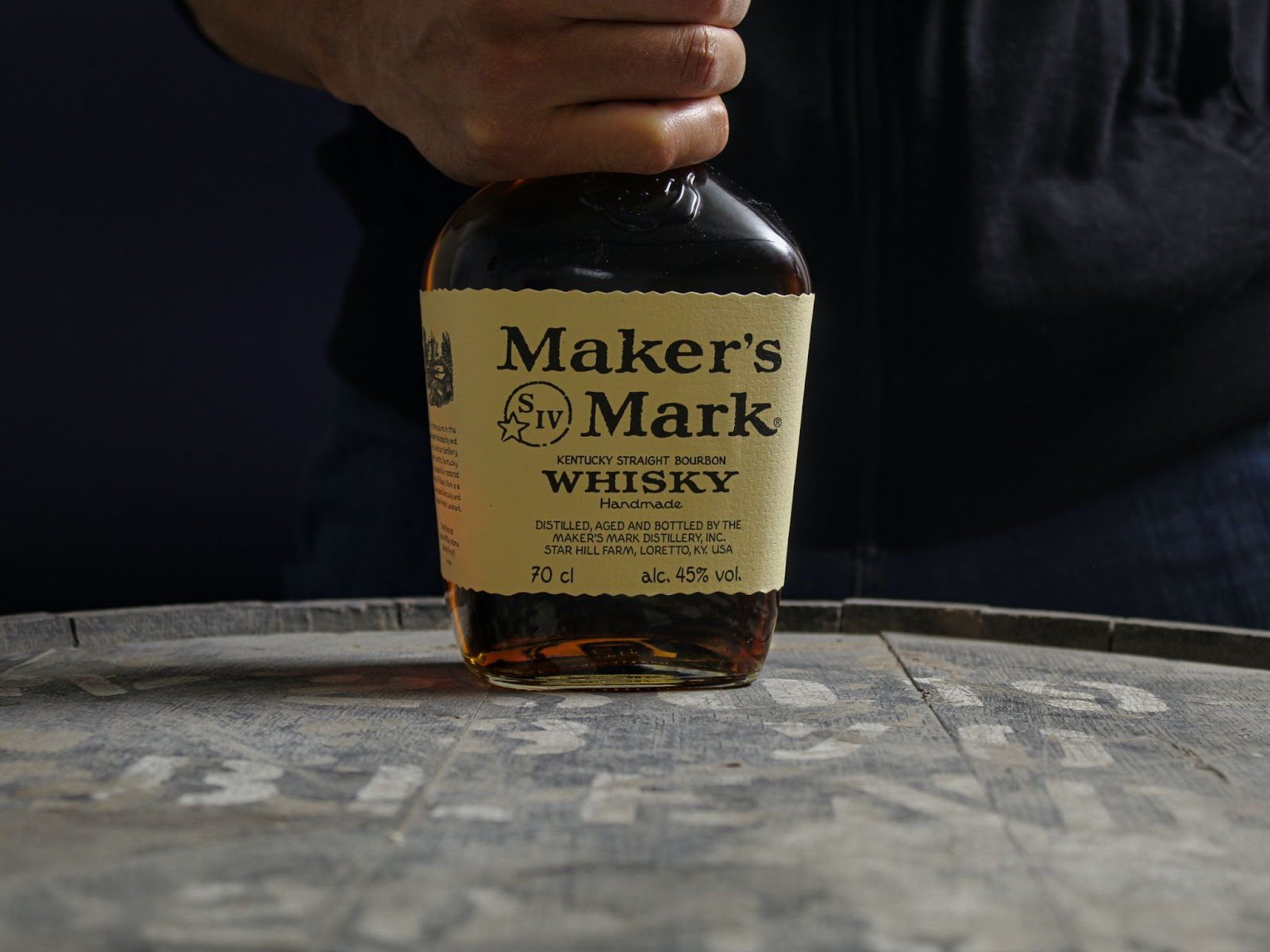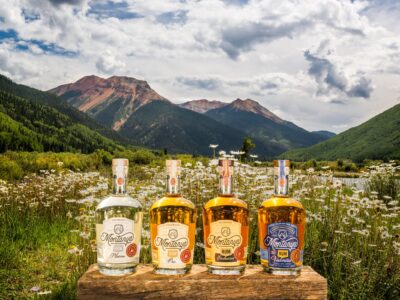Bourbon distillers like Maker’s Mark and Buffalo Trace have a shared love for a specific type of tree: the American white oak. While some incorrectly think all bourbon has to be aged in barrels from their wood, the truth is a bit more nuanced.
Ignoring the time spent aging, alcohol by volume content, and other niche specifications, whiskey becomes bourbon if the grain mix “is made with at least 51% corn and aged in new, charred-oak barrels.” Enter the American white oak, the best type of wood to make these aging containers because of taste, and it doesn’t leak.
There’s just one problem. According to a 2021 report by the White Oak Initiative, “Without intervention today, the American white oak population will begin to decline significantly within the next 10 to 15 years, with more extreme declines over the next several decades.”
The mature tree population has remained stable over the last few decades. However, the number of young white oaks is declining due to competition with faster-growing trees, a lack of wildfires (they’re particularly resistant to fire and often grow in formerly-burned areas), and rising deer populations that find oak saplings tasty. Luckily, big bourbon distillers are taking steps to make things o(a)kay.

Founded in 1953, Maker’s Mark, which produces nearly 24 million bottles of bourbon every year, recently attained B Corp status, making it the world’s largest distillery to achieve the certification. The bourbon distiller’s brand message is to “Make Your Mark. Leave No Trace,” and its recent initiatives certainly fit the bill.
The company’s 1,400-acre Star Hill Farm distillery uses 1,100 acres to cultivate new species of grain, operates under a zero landfill waste initiative and recycling program, and established a natural water sanctuary to protect its watershed.
Maker’s Mark also partnered with the University of Kentucky and Independent Stave Company to create the White Oak Tree Improvement Repository. It is “the world’s largest repository of American white oak” and “represents the most comprehensive natural range of white oak to date anywhere in the world.”

Not to be outdone, Buffalo Trace, another popular bourbon producer, has joined the fight to protect American white oaks. The company recently partnered with the University of Kentucky — no, it’s not the same as the Maker’s Mark project — for a 15-year tree planting and research project centered around the sought-after trees.
The team planted more than 1,000 of them at the Buffalo Trace distillery, and the research will focus on the best practices for planting and growing seedlings. Over the next few years, different varieties of seedlings from various states and regions will be planted and compared. The new data should broaden the industry’s knowledge of white oak seedlings, maintaining sustainable populations, and creating more resilient trees.
“We’re excited to partner with the UK on this project. It’s important that we look towards the future and how we can contribute to the sustainability of the white oak industry,” said Dennis Walsh, a homeplace manager for Buffalo Trace Distillery. “The project will also assess the cost per board foot required to maintain a sustainable supply of new white oak long into the future.”
Buffalo Trace is also experimenting with sustainable initiatives around its distillery, just like Maker’s Mark — well, sort of. Instead of creating a water sanctuary, the distillery’s parent company, Sazerac, is experimenting with asphalt. The roads leading to its whiskey warehouses are made from NewRoad Asphalt, a mixture of recycled plastic and asphalt. It is reported to improve road lifespans by 50% while reducing plastic waste.
One downside to American white oaks: they’re actually more gray than white. However, if you can get past this misnomer, supporting the companies working to make the world more sustainable may be worthwhile. So, on your next shopping trip for bourbon, keep Buffalo Trace or Maker’s Mark in mind. If not for you, for the trees!





